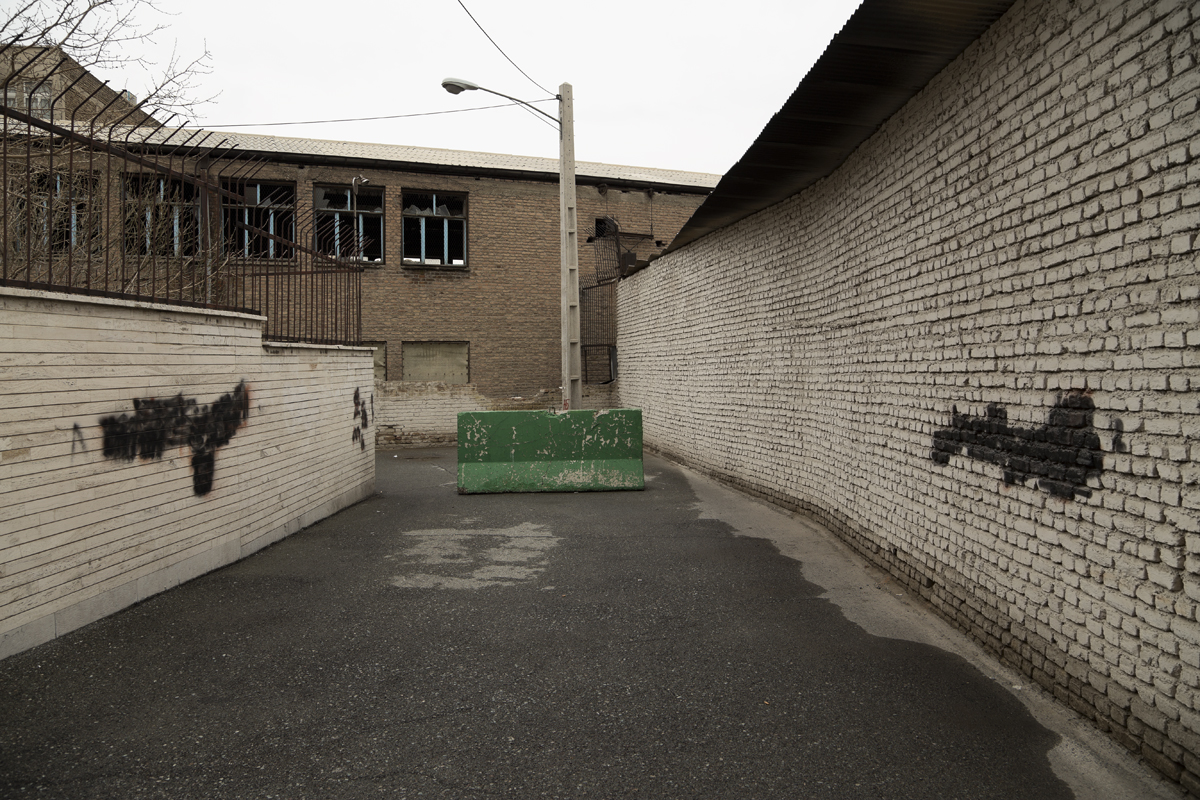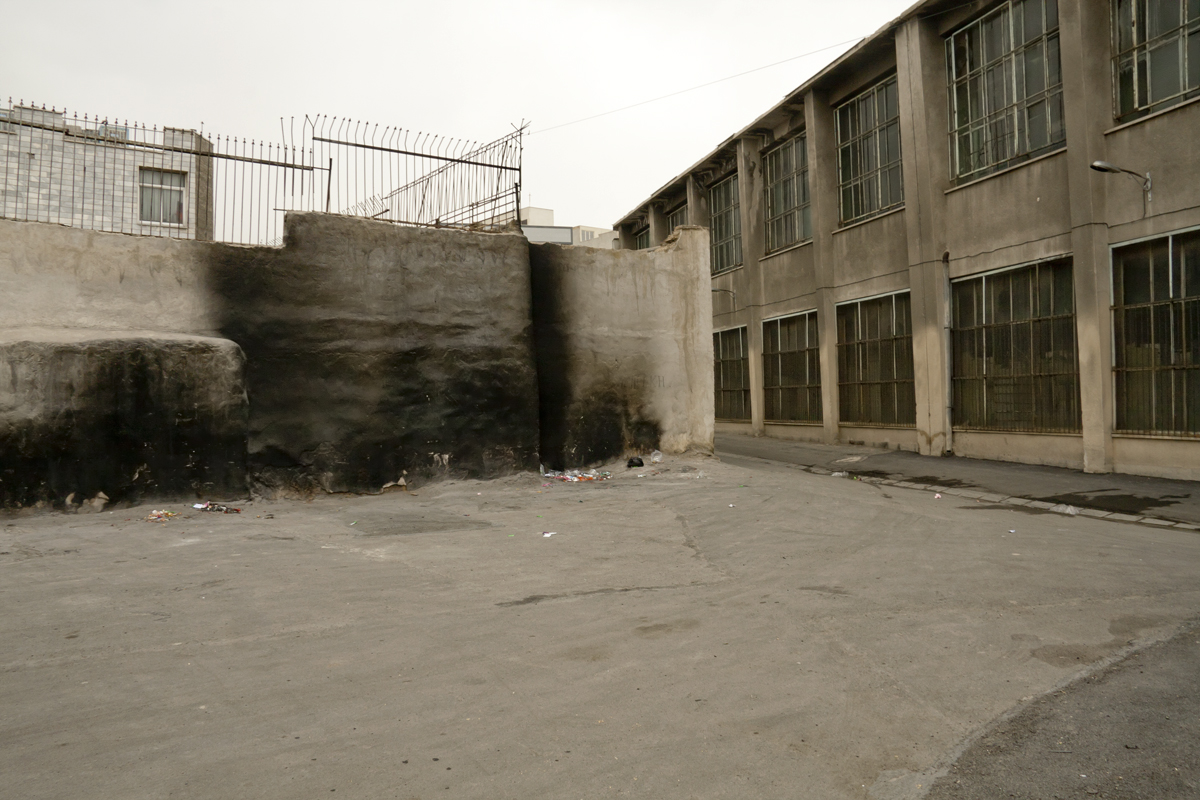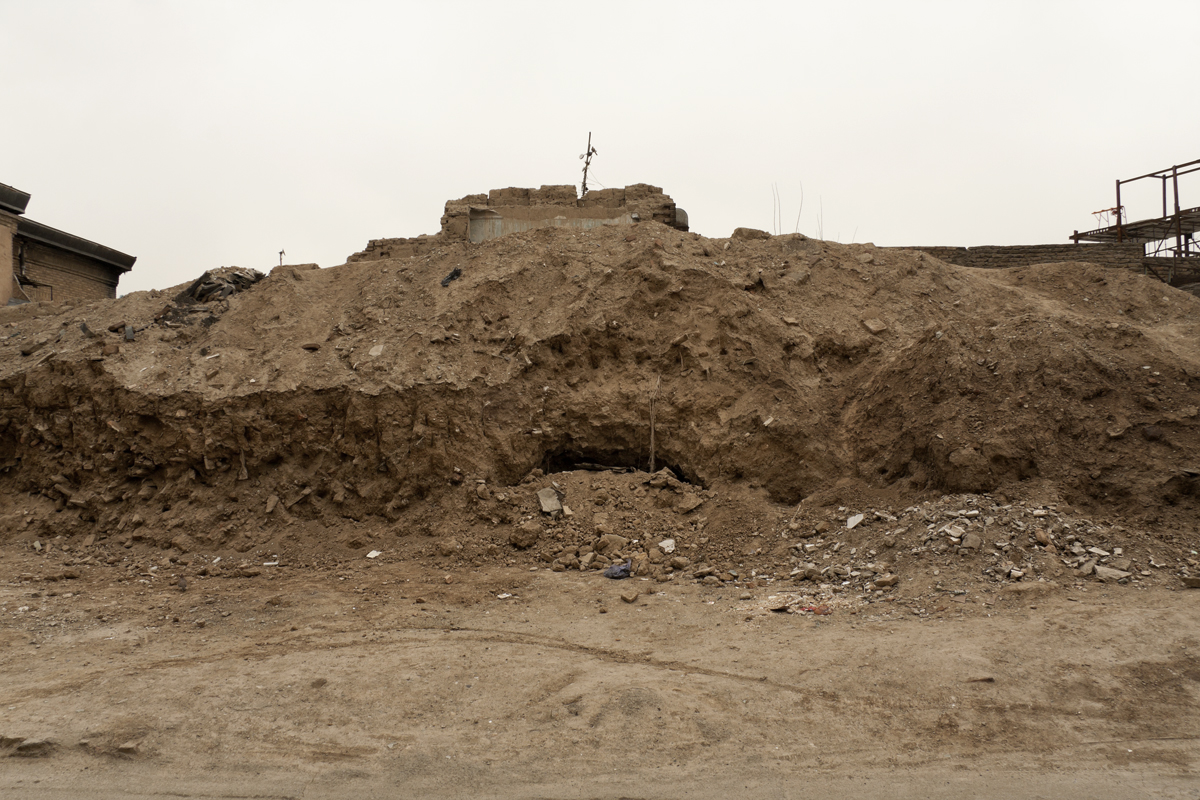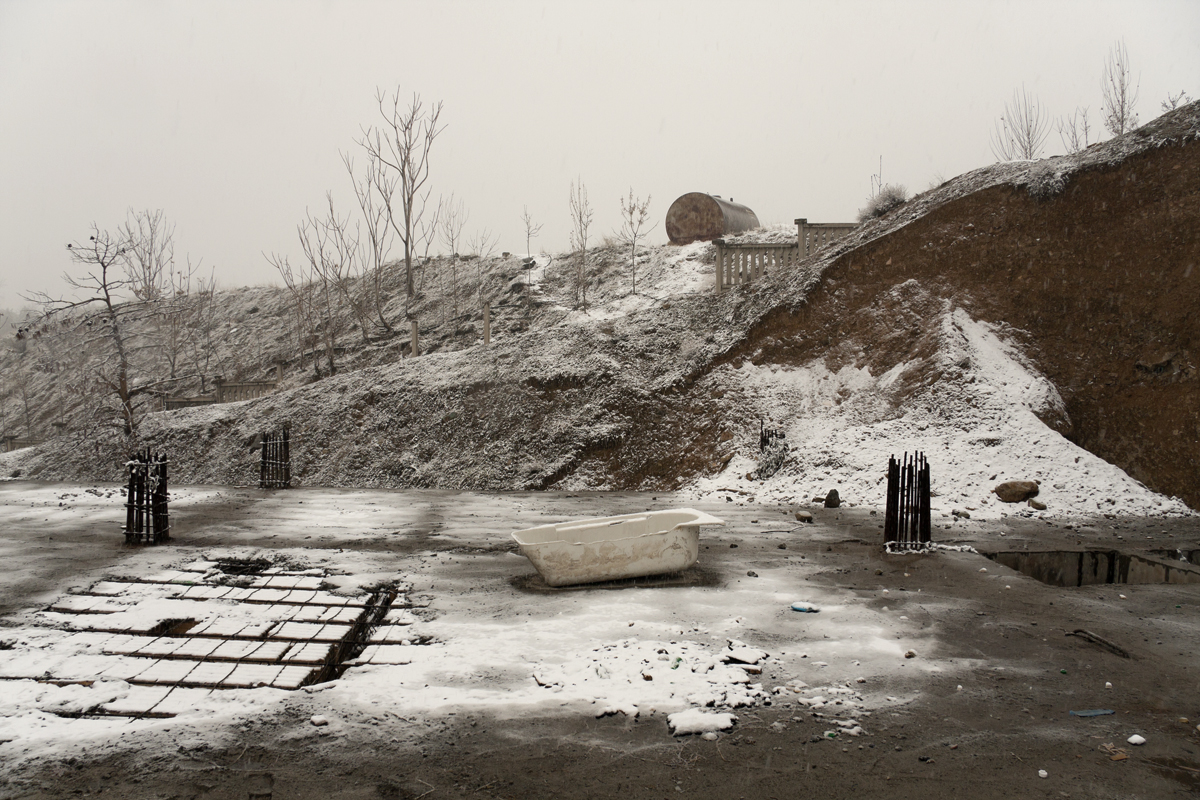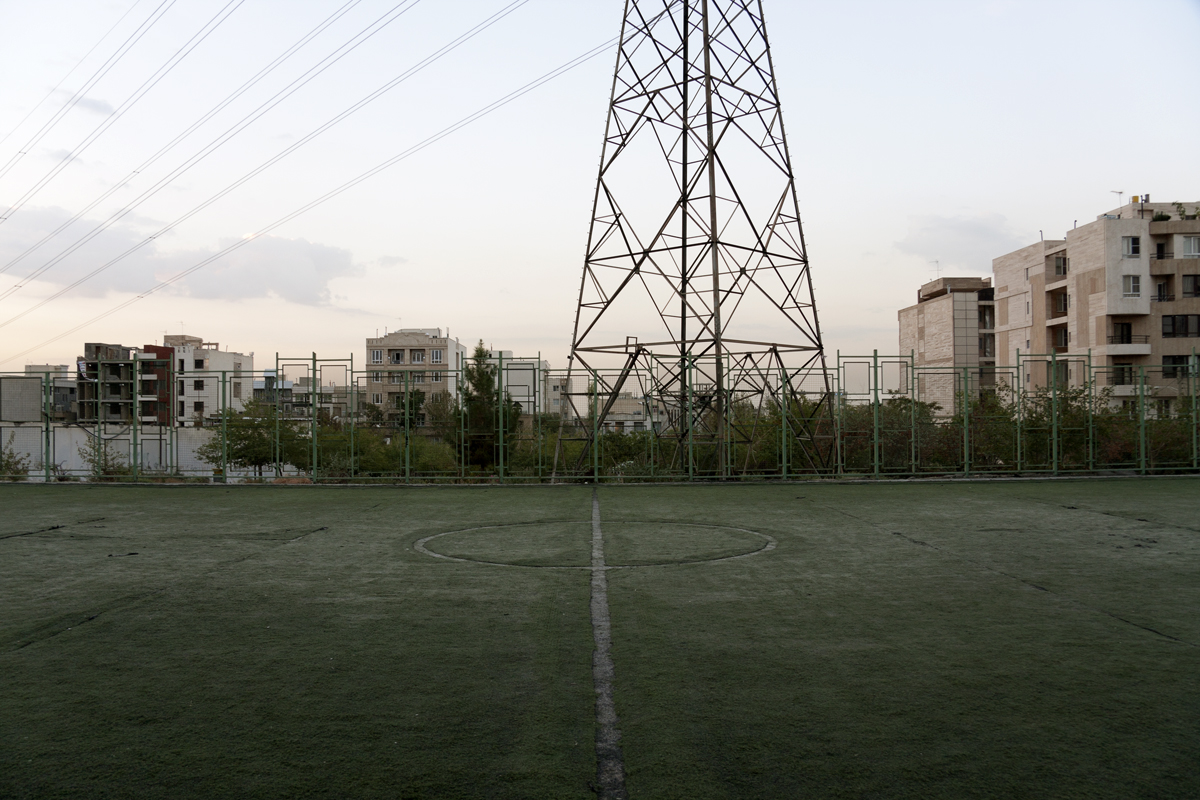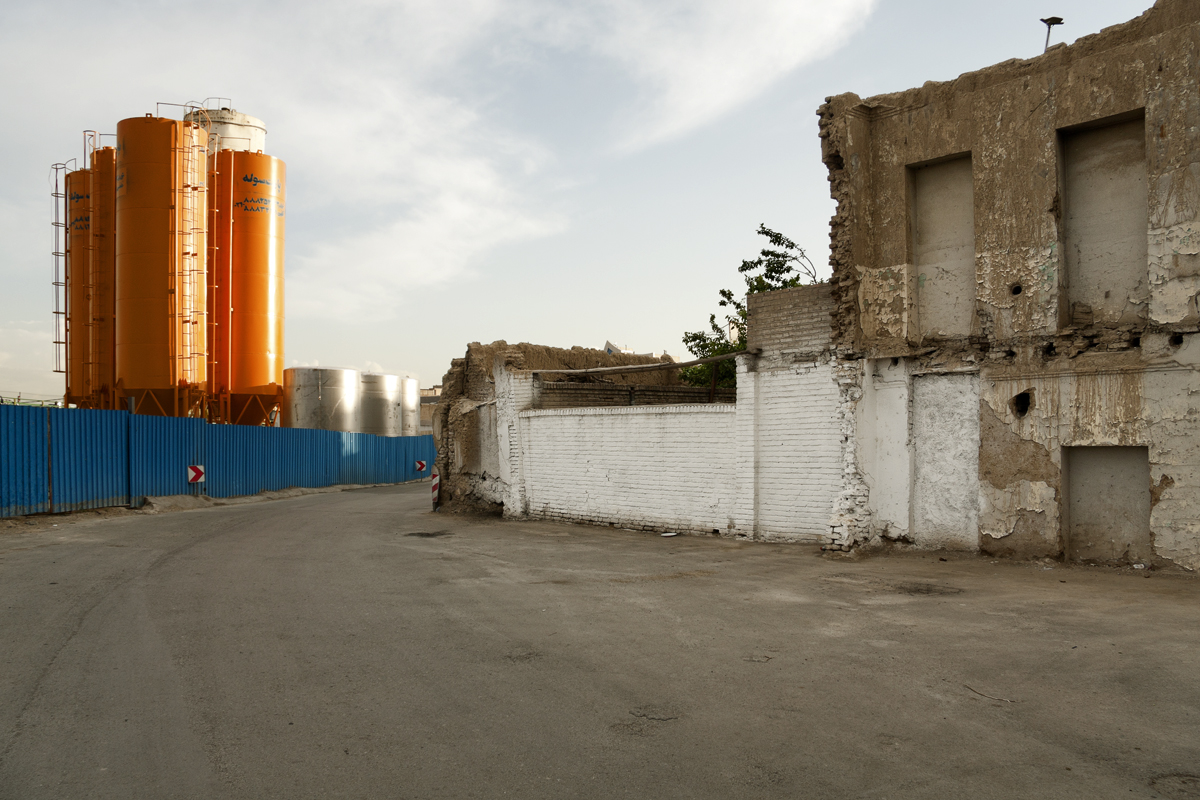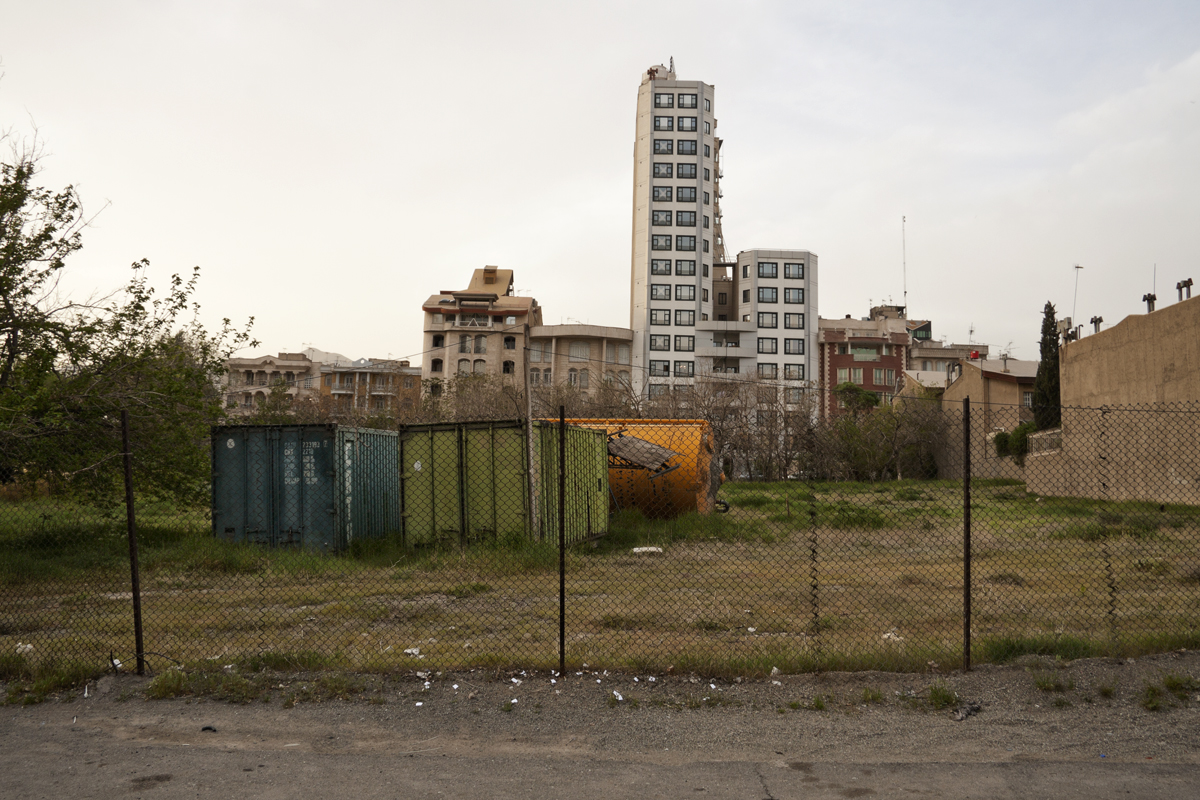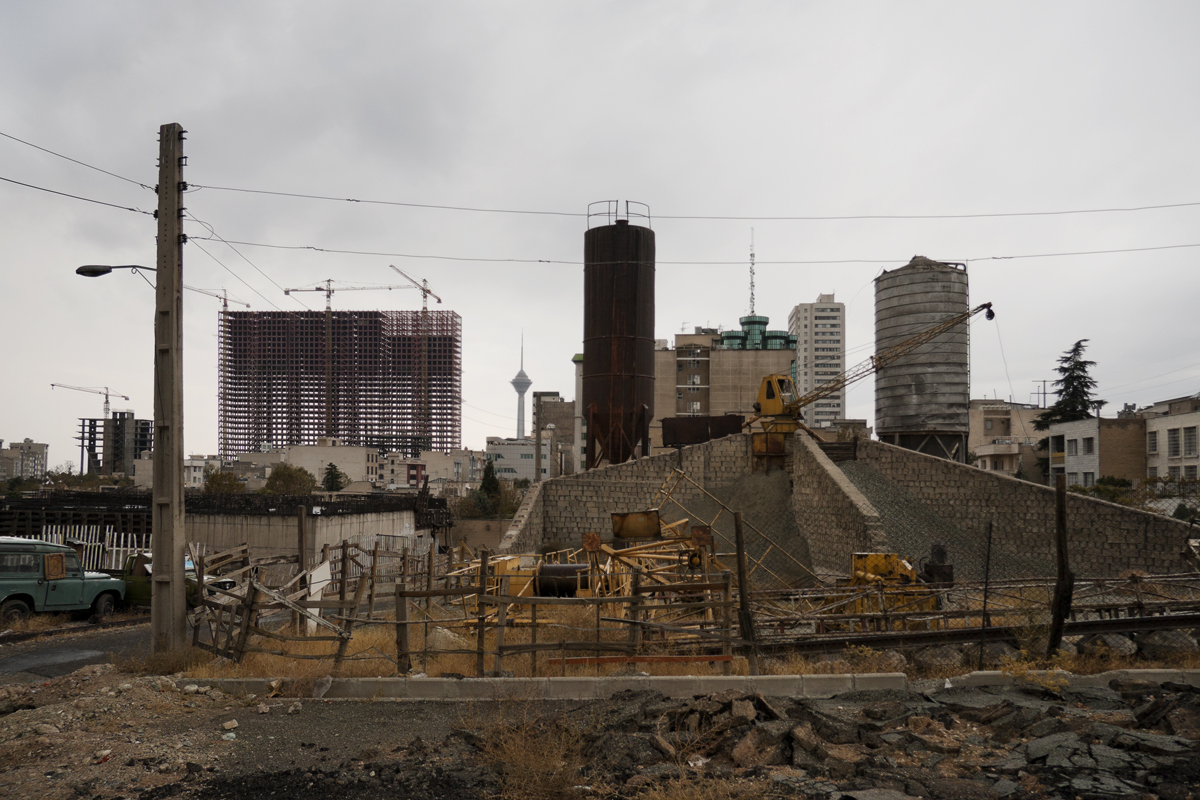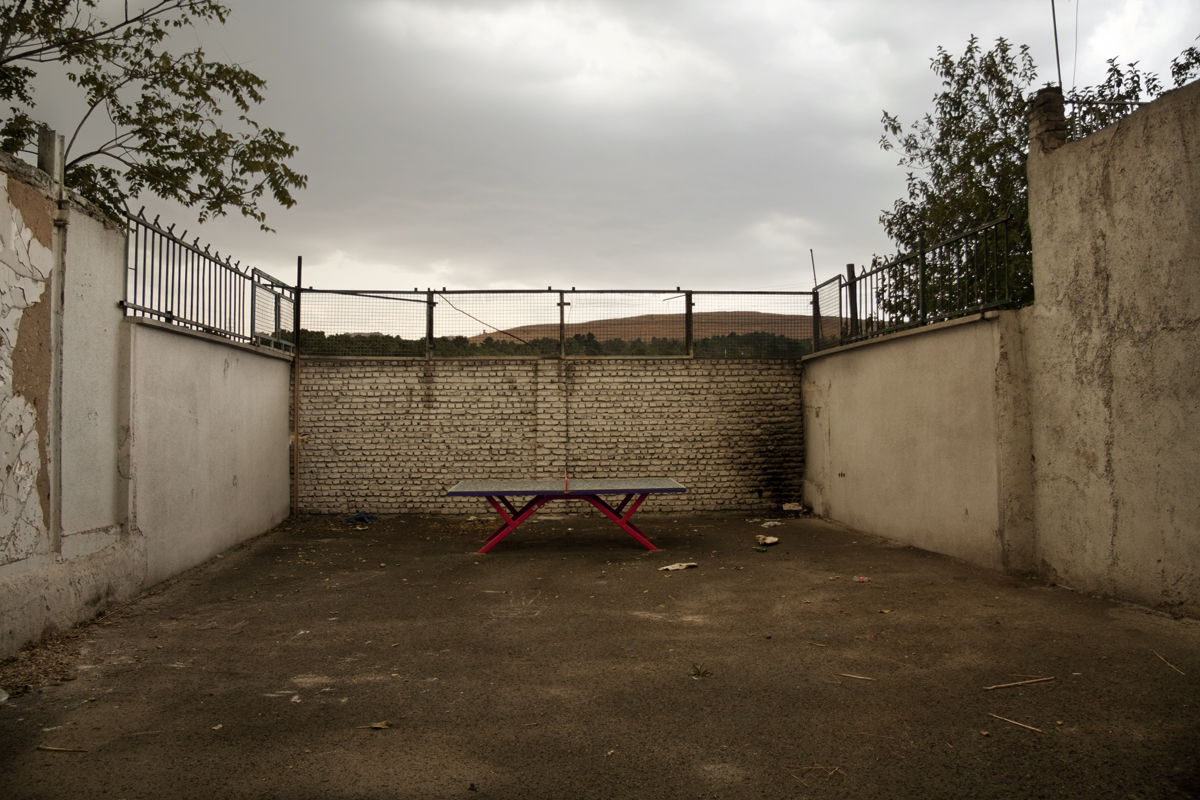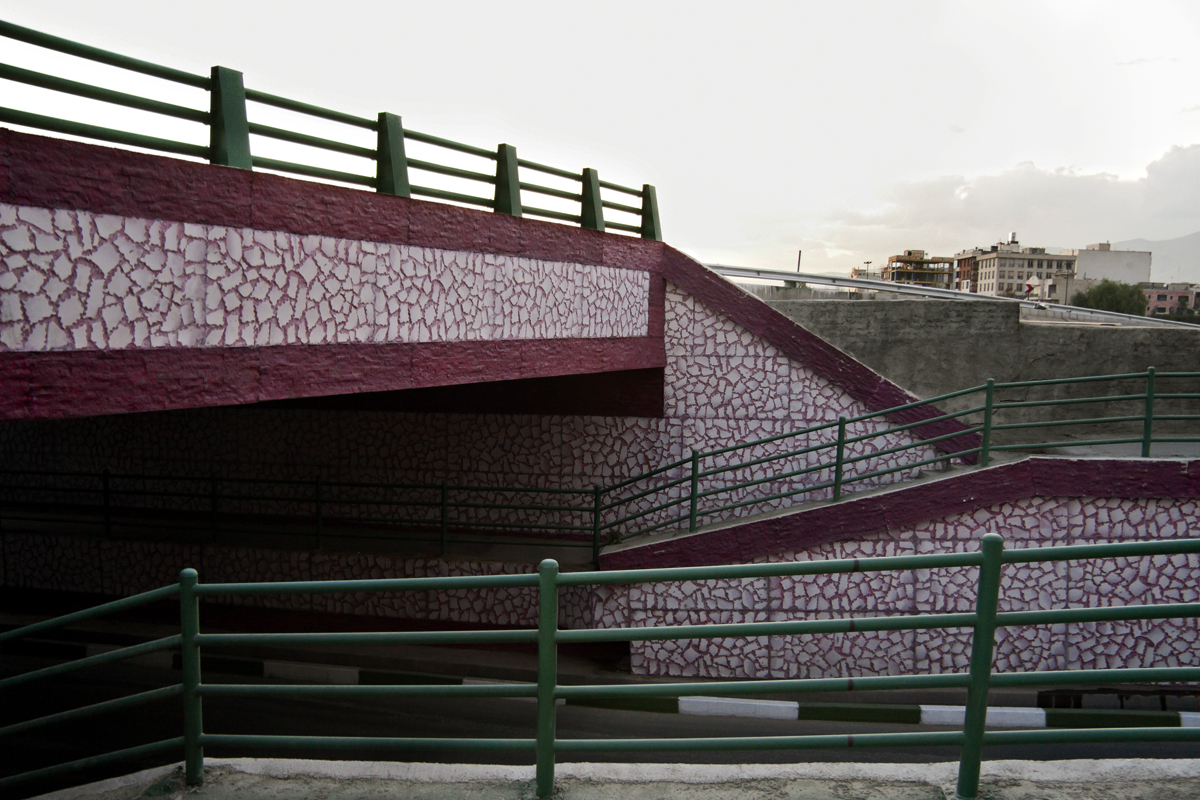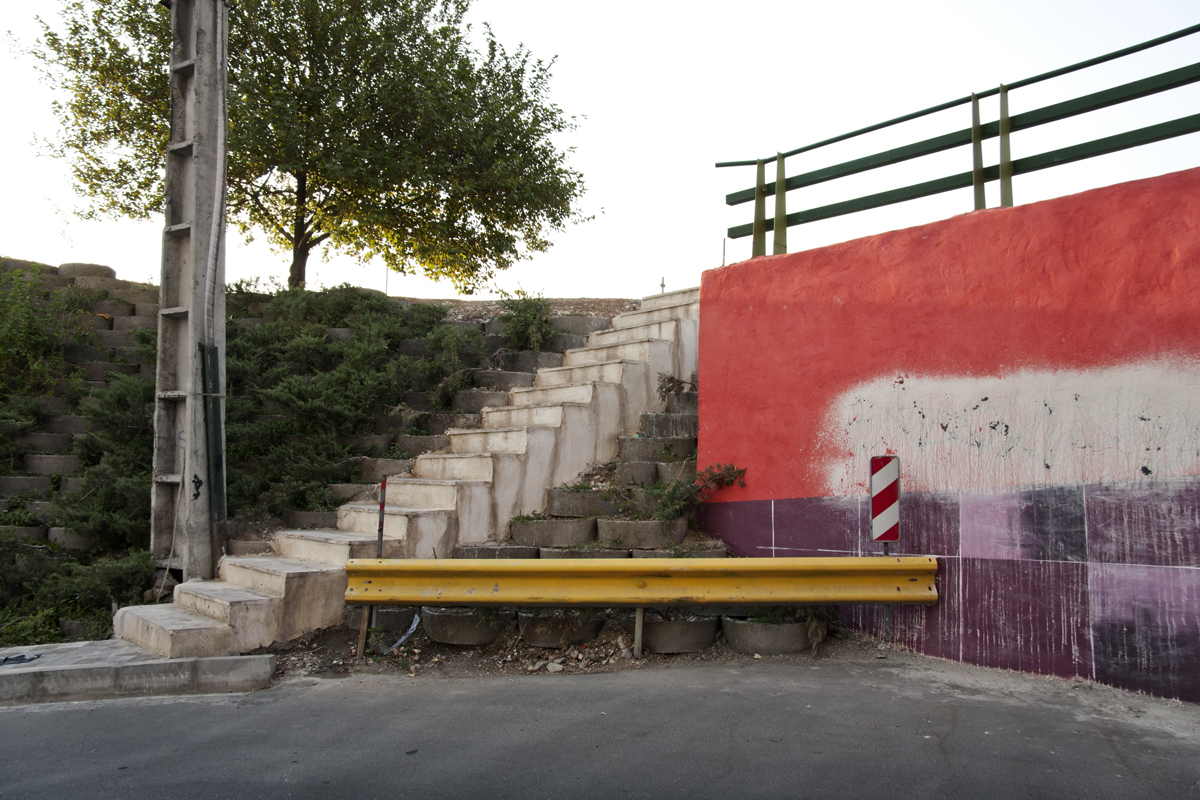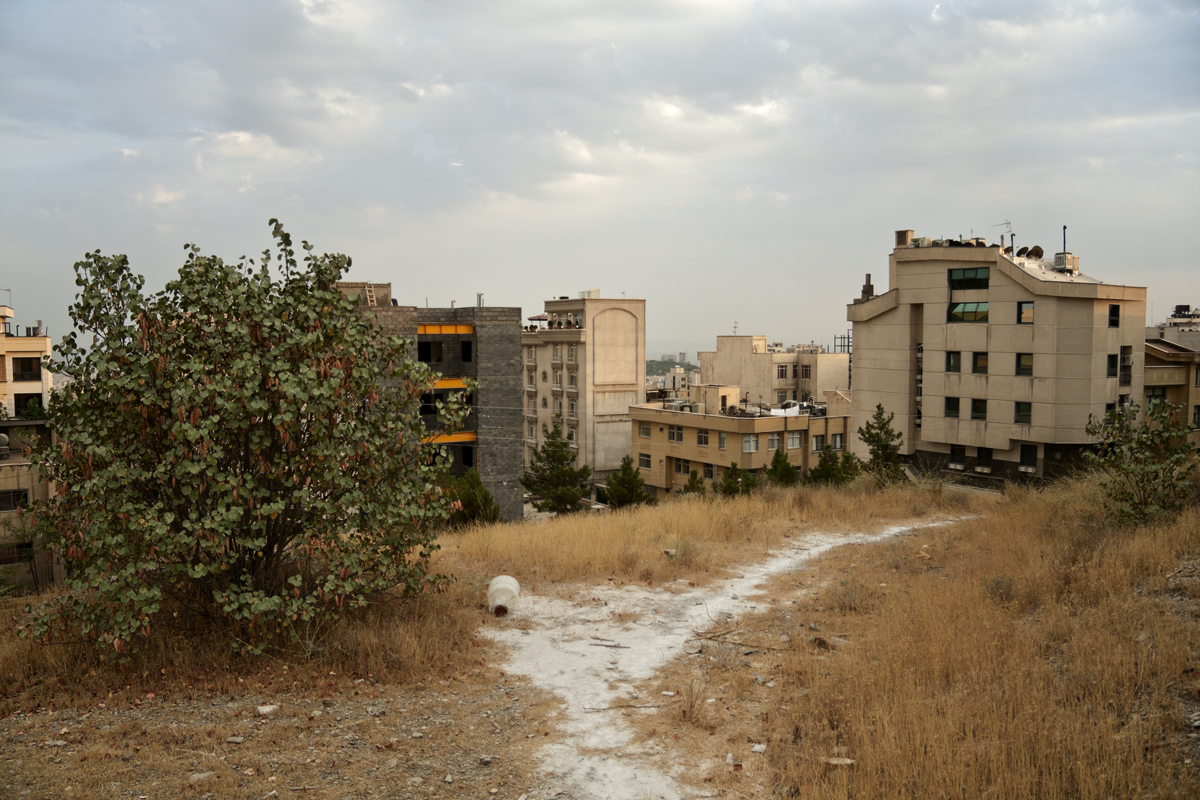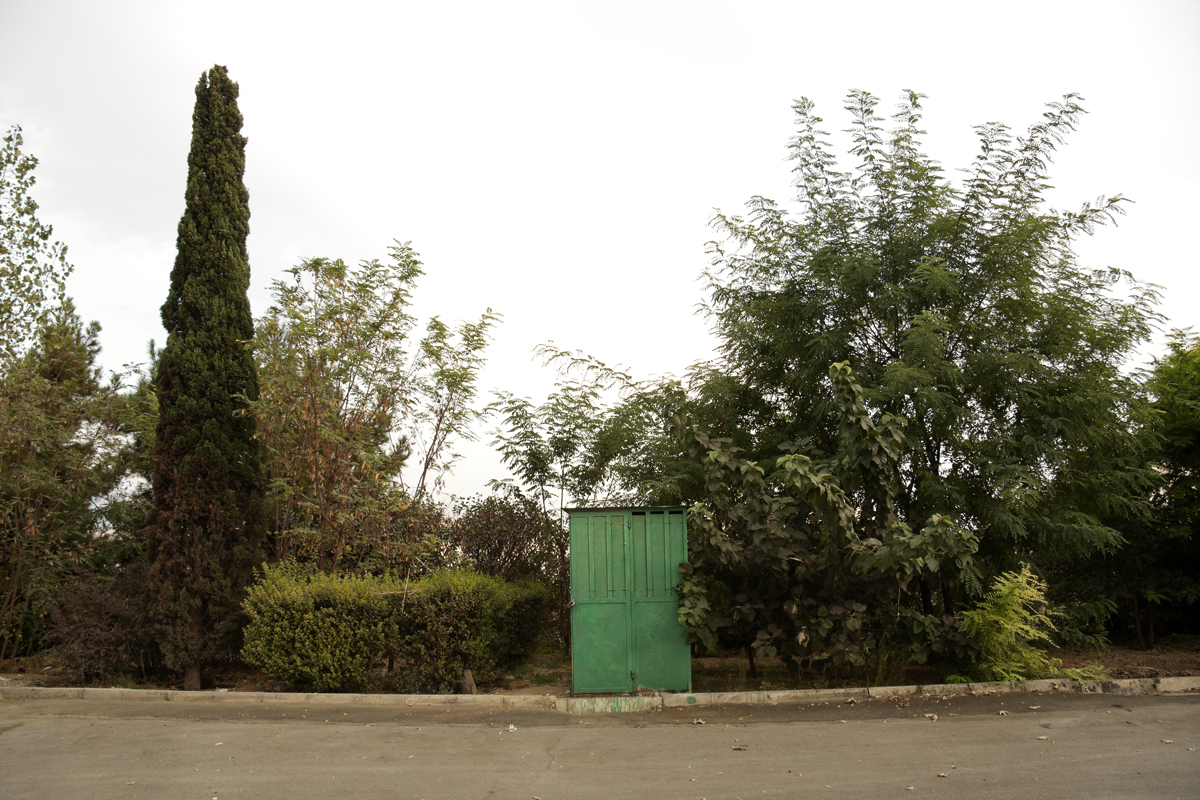Kiana Farhoudi curates Iran Week: Ehsan Barati
Some months back, Iranian curator and photographer, Kiana Farhoudi and I corresponded about photography in Iran. I invited her to share some of the new voices in Iranian photography and this week we feature a number of those photographers. – Aline Smithson
Iranian Photography has a surprisingly long history; the first daguerreotype of a Qajar King was made in Golestan palace of Tehran in mid December 1842, only 3 years after its worldwide introduction by Louis-Jacques-Mandé Daguerre. The British and Russians were quick to send a camera to the royal court of Iran, Iranians were infatuated by this and the then heir to throne Nasseredin Mirza (later Nasseredin Shaah was a keen and diligent by photographer that he and earned the title of “The Photographer King”[1].
This country has always been an exotic mystery to the foreign eye; a country of sands and beautiful veiled women who would disappear behind secret doors, beautiful gardens and delightful hidden springs; a country of four seasons with high mountains and vast deserts. It had all key elements to conquer imagination and create an exotic wonderland which obviously did not exist.
From early pictures of late 19th and 20th century of Iran in National Geographic magazine, displaying a bankrupt, undeveloped country with poor wrinkled people in what seemed to be streets of poorly built cities gazing into the camera to the glamorous and yet (apparently) commissioned photos of the 2nd Pahlavi era and later photos of the post-revolution Iran and up until now, it seems that a very selective image of this country has been presented throughout the past 200 years.
The photos I’ve chosen in this collection are based around the premise that Iran’s image in international community has always been misrepresented. [2]
This collection, “Iran, Local Time”, includes series of photographs selected by me as the curator. It is not and should not in any way be considered as a source to study nor it should to be considered at as a “Iranian Contemporary Photography”, for it’s only a collection which is merely represent my experiences in art, as an art and photography enthusiasts and part time photographer and a photography graduate who has been following photography professionally since 2008.
The photography society of Iran is imagined to be quite [as Stephen Shore mentions in one of his instagram posts] “thriving”. These days more and more Iranians are choosing photography as a profession and also there has been a significant surge in the number of photography students in universities.
Photography graduate program was first founded in Tehran University, Faculty of Fine Arts in 1983, by Dr. Hadi Shafaieh. Tehran University was later joined by other Iranian universities in offering undergraduate and later graduate programs in photography.
Right now there are numerous colleges and universities in addition to various institutes and individuals offering photography courses to the growing and eager number of photography enthusiasts in Iran.
Iranian contemporary photography is a wondrous universe thanks to Iranian photographers’ endless creativity, who always finds a way to overcome any kind of limitation or obstacle. In fact, the limitation becomes a subject matter itself. Equipped with the natural ability of storytelling, Iranian photographers manage to make a story out of everything. Many of these images never find their way to the art events or Iran’s main art scene or even galleries. One can blame the art market and its policies for preferring a few and devouring the others, policies which promote a certain type of image making, something which has been shaping Iran’s public image since the 19th century, an exotic country, with different people, with different thoughts, who are trying to be different.
However there’s more to Iranian Photography than what is being presented at different art fairs or art festivals.
This is collection is an attempt to show you a single glimpse into another side of Iranian Photography and Iranian Photographers.
The photographers I’ve chosen are selected by my interest in these artists’ works, I’ve been following some of them for years, some of them are somehow well know, where as some of them are as anonymous as the author of this piece.
Some of them use cameras and some are challenging themselves with mobile photography.
Some Images might be too graphic, some photos might seem so ordinary, but what is photography than capturing the ordinary moments and preserving them forever? – Kiana Farhoudi
[1] Tahmasbpoor, Mohammad-Reza (2008). Nāser-od-din, the Photographer King. Tehran
[2] “National Geographic: ‘Our coverage was racist’”, BBC, 13 March 2018
I begin this week with photographer and artist Ehsan Barati, born 1982 in Tehran. His work focuses on landscapes and urban environments, which he reconsiders by de-contextualizing the subject and seeking abstraction as a concept. His works have been exhibited in different venues over the past 10 years and he has curated a photo exhibition in 2014.
Ehsan Barati and I attended the same photography class. I was lucky enough to witness how his works and ideas were evolving; his first series were “Ashura” and “Billboards”. As we were classmates, I got to see how personal his projects are, in spite of the cold, straight gaze of his camera. He took notes of everything and later would apply them to improve his projects.
His works are mainly focused on urban landscapes and how humanity has affected these places, however he tries to record this places as objectively as he possibly can, it seems that in his photographs, the “photographer” and the camera have the same eye to view their surroundings.
His works might be seen as inspired by “New Topographics” photographers of the mid 70s (which are very popular in Iran), but Barati has managed to only take notes of the works of these amazing photographers and create something of his own. Ehsan has an idealistic view of photography and art and as time has gone by, he has shown less interest in showing his works to the public. Currently he is exploring with other mediums as well as photography.
The Other City, 2013
Work on this series entered upon in the summer of the year 2010, by selecting four zones in Tehran.
Choosing the routes inside the zones was decided out of an experimental intuition and in most of the cases odd streets and byways were preferred. The passages that somehow are the invisible borders of the zones, the splits which break new passages through the zones all over the city. In these routes, uncommon places might come across which can unleash the desire of a photographer to acquire each and everything in its own naked reality.
After a while, certain pieces of the city were collected, displaying the world quite contrary to the official reality of Tehran. A form of a city with no clear and relevant connection to its picture, a form not originated from the countable particulars of the city, neither a borrower nor a lender. An image of the city in its own state of being, a form of the city which is “there”. Those pieces detached from their context do experience the continuity once again. A union which tends to construct another reality in parallel with the plural reality of Tehran. – Ehsan Barati
Posts on Lenscratch may not be reproduced without the permission of the Lenscratch staff and the photographer.
Recommended
-
Tara Sellios: Ask Now the BeastsApril 6th, 2024
-
ALEXIS MARTINO: The Collapsing Panorama April 4th, 2024
-
Emilio Rojas: On Gloria Anzaldúa’s Borderlands: The New MestizaMarch 30th, 2024
-
Artists of Türkiye: Eren SulamaciMarch 27th, 2024
-
Love and Loss in the Cosmos: Valeria Sestua In Conversation with Vicente IsaíasMarch 19th, 2024

